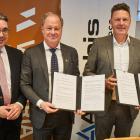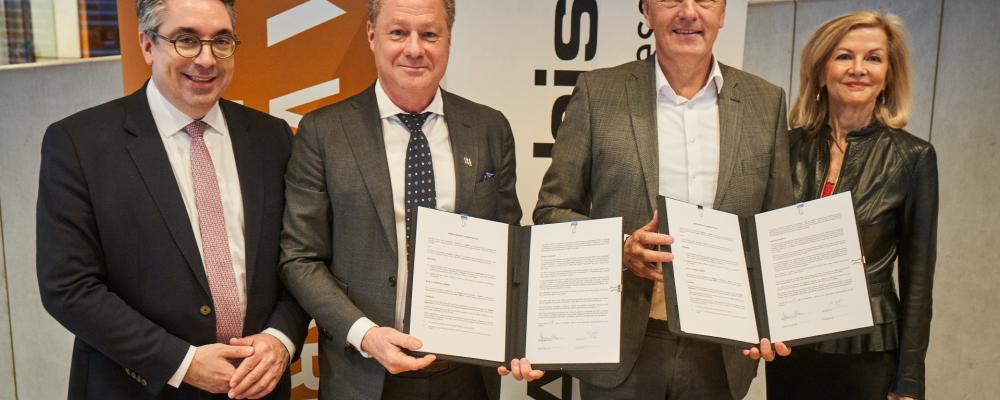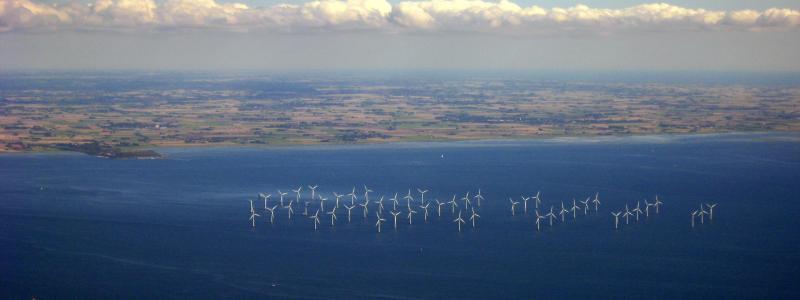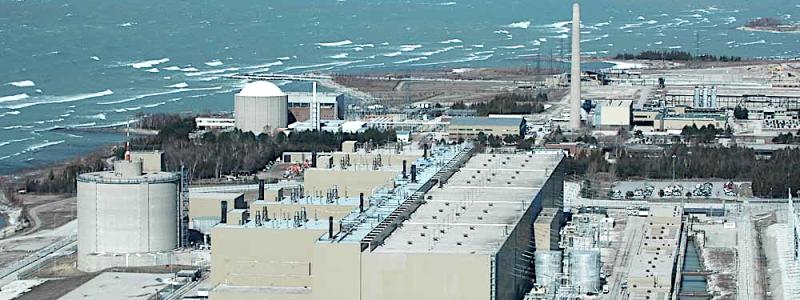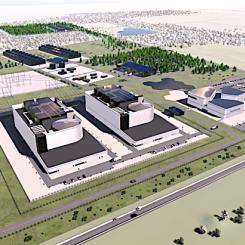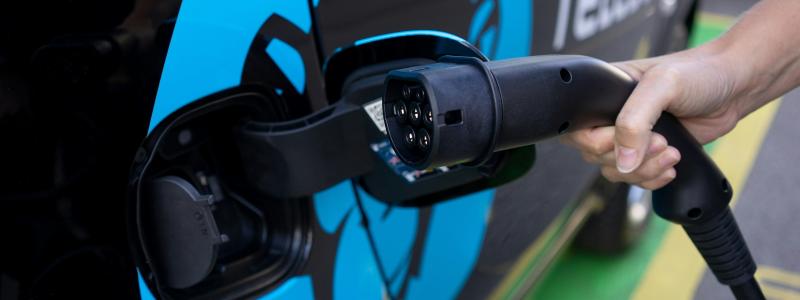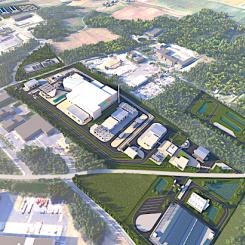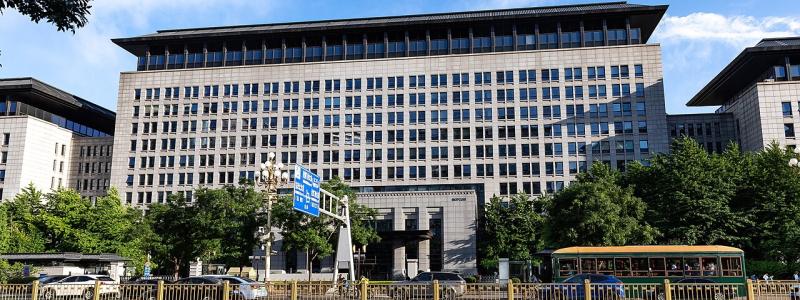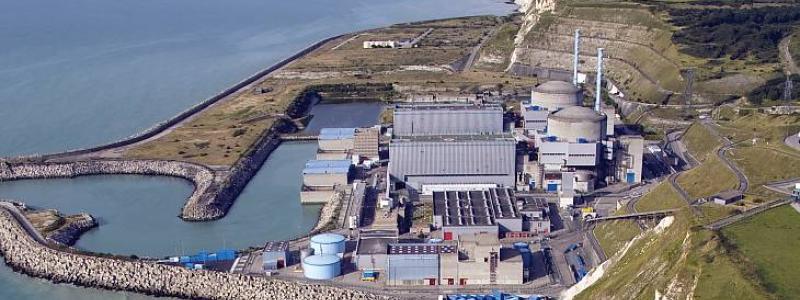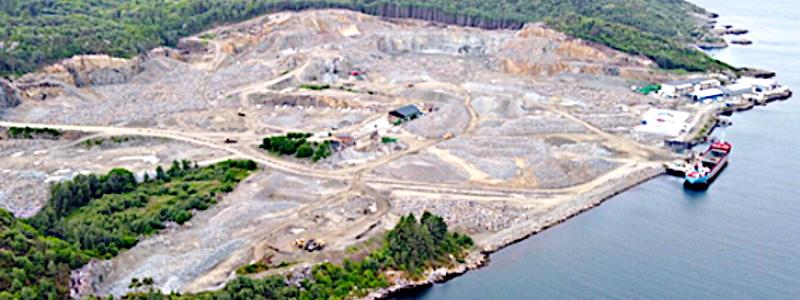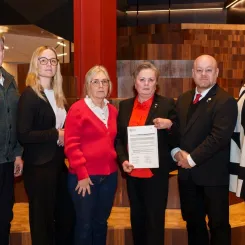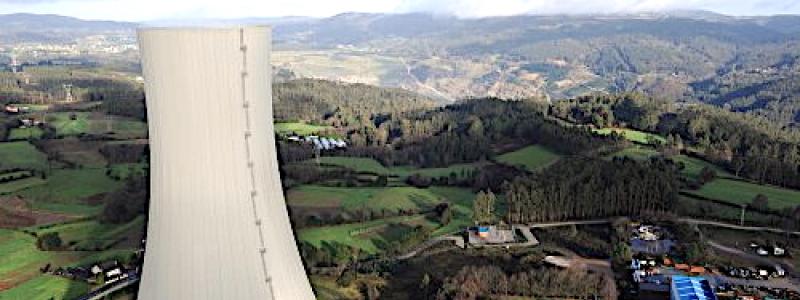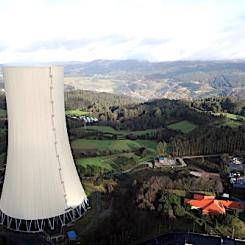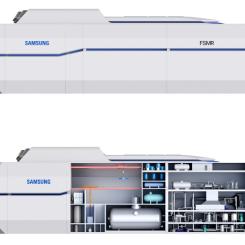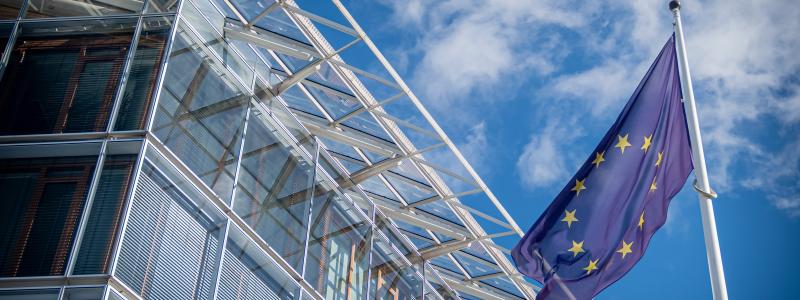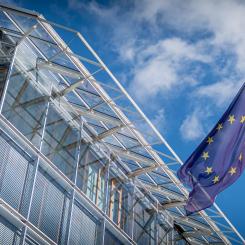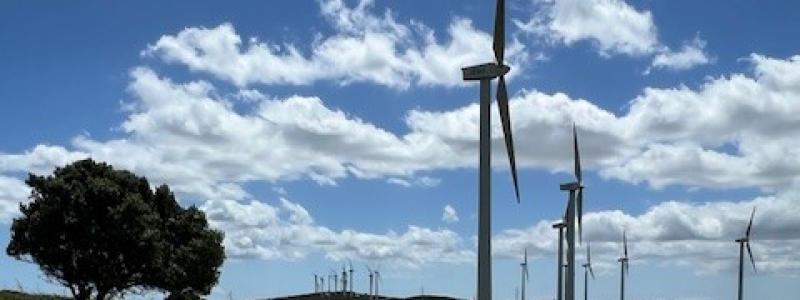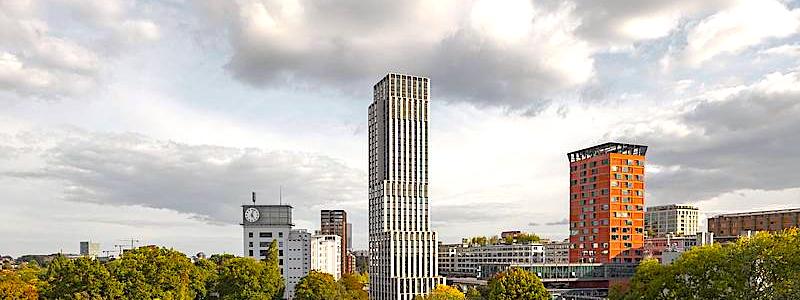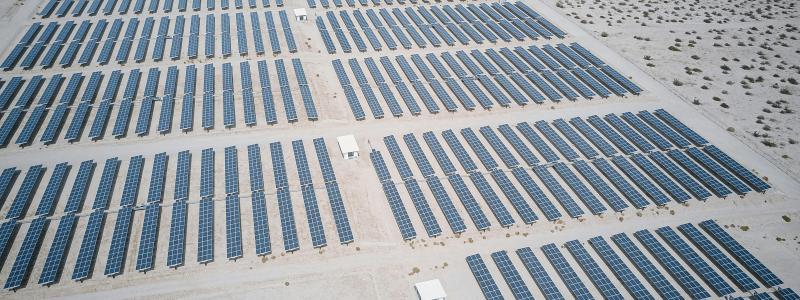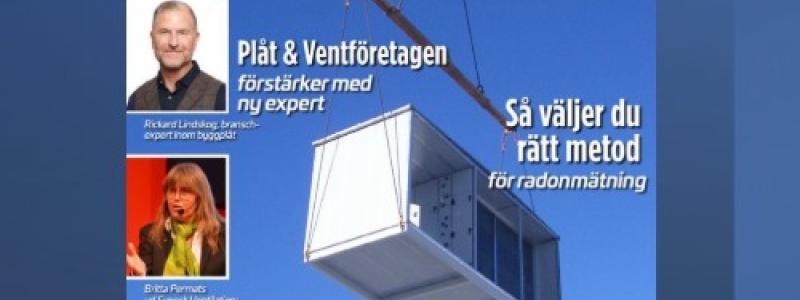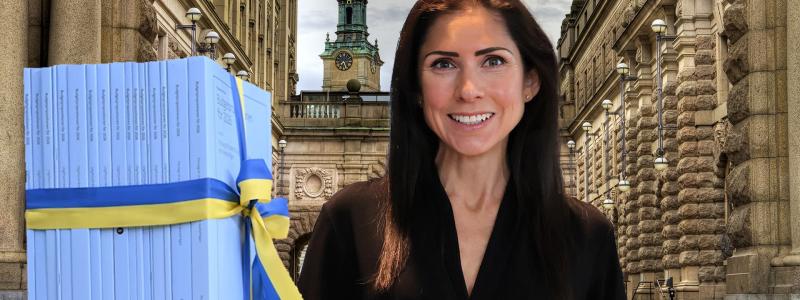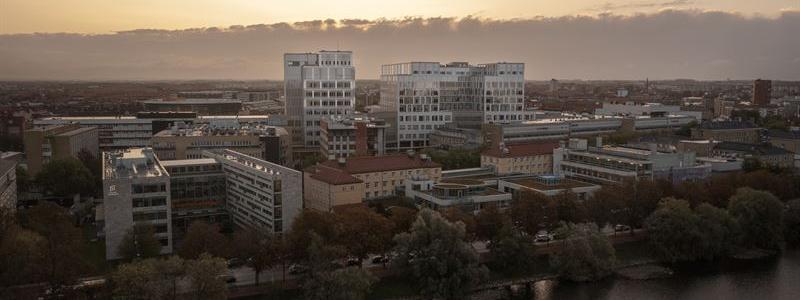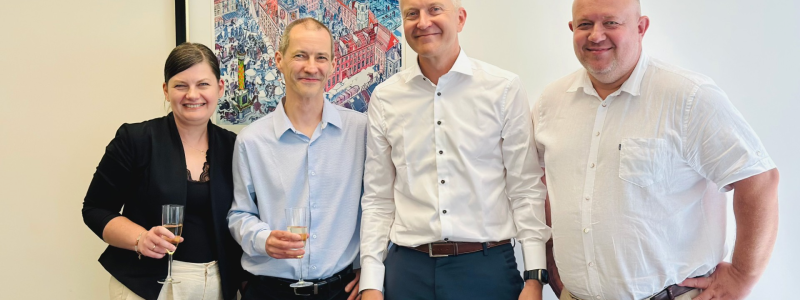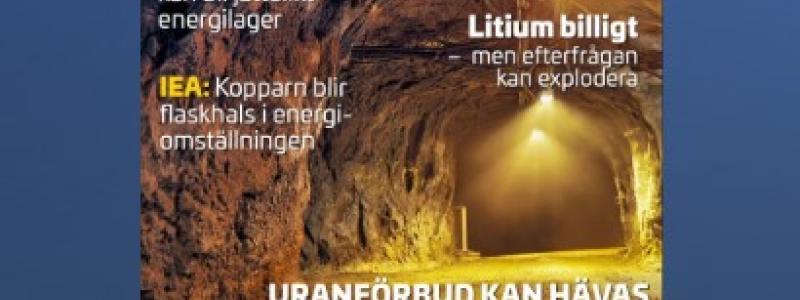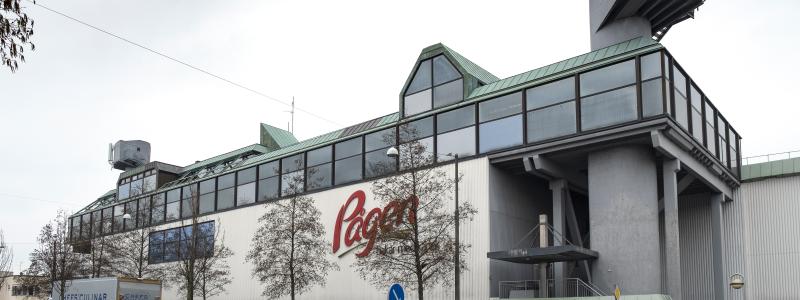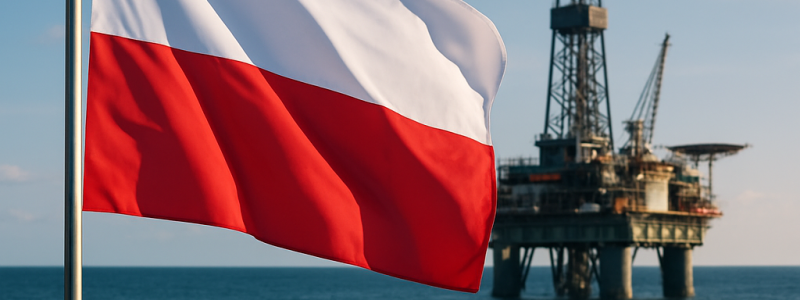To date, the collaboration between the energy company and the forest products company has brought considerable benefits for the environment. Now, Linde energy and Korsnäs are taking a further step towards a long-term climate-correct solution. A 46-metre-tall accumulator tank with a diameter of 14 metres will be built in Lindesberg. Surplus heat from Korsnäs Frövi will be stored here and the objective is to cut oil consumption in the Linde energi district heating system to a minimum.
"This investment directly benefits the environment and allows us to continue to offer sound district heating at competitive prices," says Jens Isemo, CEO of Linde energi.
Municipal energy company Linde energi’s ISO certified district heating operation has gained the attention of organisations including the Swedish National Environmental Protection agency and has won the 1999 Eco Prize. The district heating supplied by the company consists to a large extent of surplus heat from Korsnäs Frövi – energy that would otherwise have been lost – and is sold to both companies and private homes.
"Since it began ten years ago, our collaboration with Korsnäs Frövi has helped decrease emissions of carbon dioxide to the atmosphere by slightly more than 300,000 tonnes compared with if we had used fossil fuels instead. The new agreement means we will be able to further reduce oil consumption in the system," explains Jens Isemo.
At the same time, investments are being made at Korsnäs’ cartonboard mill in Frövi to enhance opportunities to make use of surplus heat from production. "We are pleased to be able to participate in a venture that helps improve the environment in a concrete and quantifiable way. For us at Korsnäs, environmental work represents an ongoing process of improvement. Environmental thinking acts as one of our driving forces and is always present in the development of our production processes," says Christer Simrén, CEO of Korsnäs. In total, the deepened collaboration entails an investment of SEK 20 m. The 46-metre-tall tank, with its volume of 5,600 cubic metres could be described as a vacuum flask that stores energy over time. It thereby helps increase the reliability of delivery in the district heating system. The striking structure is expected to cut carbon dioxide emissions by a further 1,100 tonnes per year compared with if fossil fuels had been used. "While the venture has a clear environmental profile, it is also a successful example of collaboration between local government and private industry in the region. It both secures the energy supply and safeguards jobs," says Jens Isemo.

